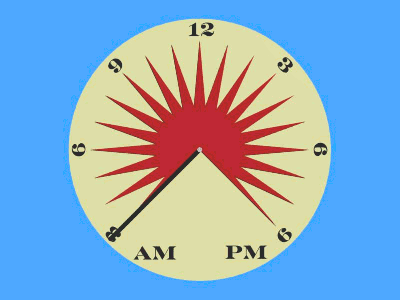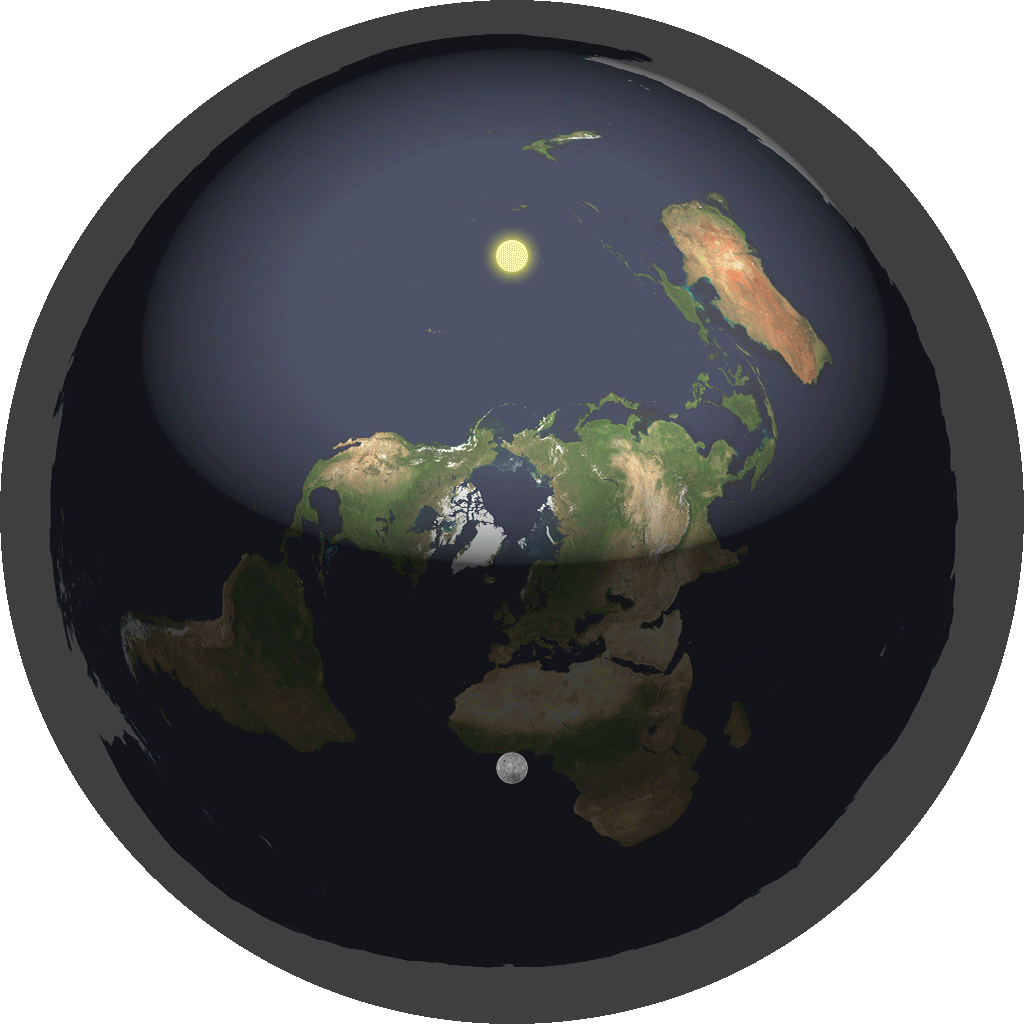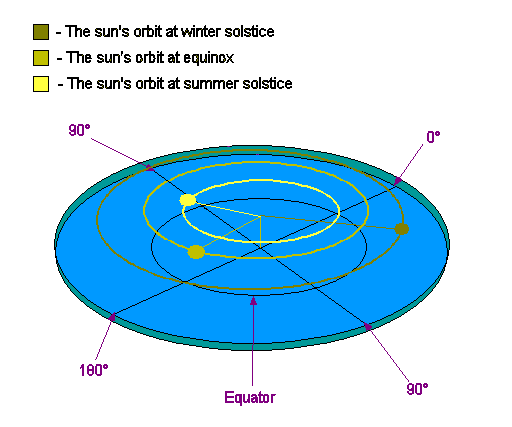1
Flat Earth Investigations / Fun experiment repeatable from home - similar to the Bishop Experiment
« on: November 30, 2018, 08:02:44 AM »
This is just for fun since anybody can do it at any time. This is a test of the view from Malibu to Torrance,
Go to Corral Canyon Bridge on Pacific Coast Highway at Malibu. Go ahead. Do it in Google Street view.
34.0333365,-118.7345869
Look at the panorama from east to south.
The mainland is visible at about 3:30 to 4:00.
Palos Verdes Rolling Hills is visible at about 4:30, not quite connected to the mainland. You can't see Torrance or any white shoreline.
When conditions are right, Catalina Island is visible at about 5:30.



Step back a couple of miles and up 1600 feet to
Corral Canyon Road near (above or below) Baller Motorway
34.068006,-118.7533566
Palos Verdes Rolling Hills is visible, very much connected to the mainland. Continuous white shoreline is visible with Torrance above it.
When conditions are right, Catalina Island is visible (not well on this day).


No assertions. Just a fun experiment from home. It might be fun to post other similar location experiments in this thread.
Go to Corral Canyon Bridge on Pacific Coast Highway at Malibu. Go ahead. Do it in Google Street view.
34.0333365,-118.7345869
Look at the panorama from east to south.
The mainland is visible at about 3:30 to 4:00.
Palos Verdes Rolling Hills is visible at about 4:30, not quite connected to the mainland. You can't see Torrance or any white shoreline.
When conditions are right, Catalina Island is visible at about 5:30.



Step back a couple of miles and up 1600 feet to
Corral Canyon Road near (above or below) Baller Motorway
34.068006,-118.7533566
Palos Verdes Rolling Hills is visible, very much connected to the mainland. Continuous white shoreline is visible with Torrance above it.
When conditions are right, Catalina Island is visible (not well on this day).


No assertions. Just a fun experiment from home. It might be fun to post other similar location experiments in this thread.








